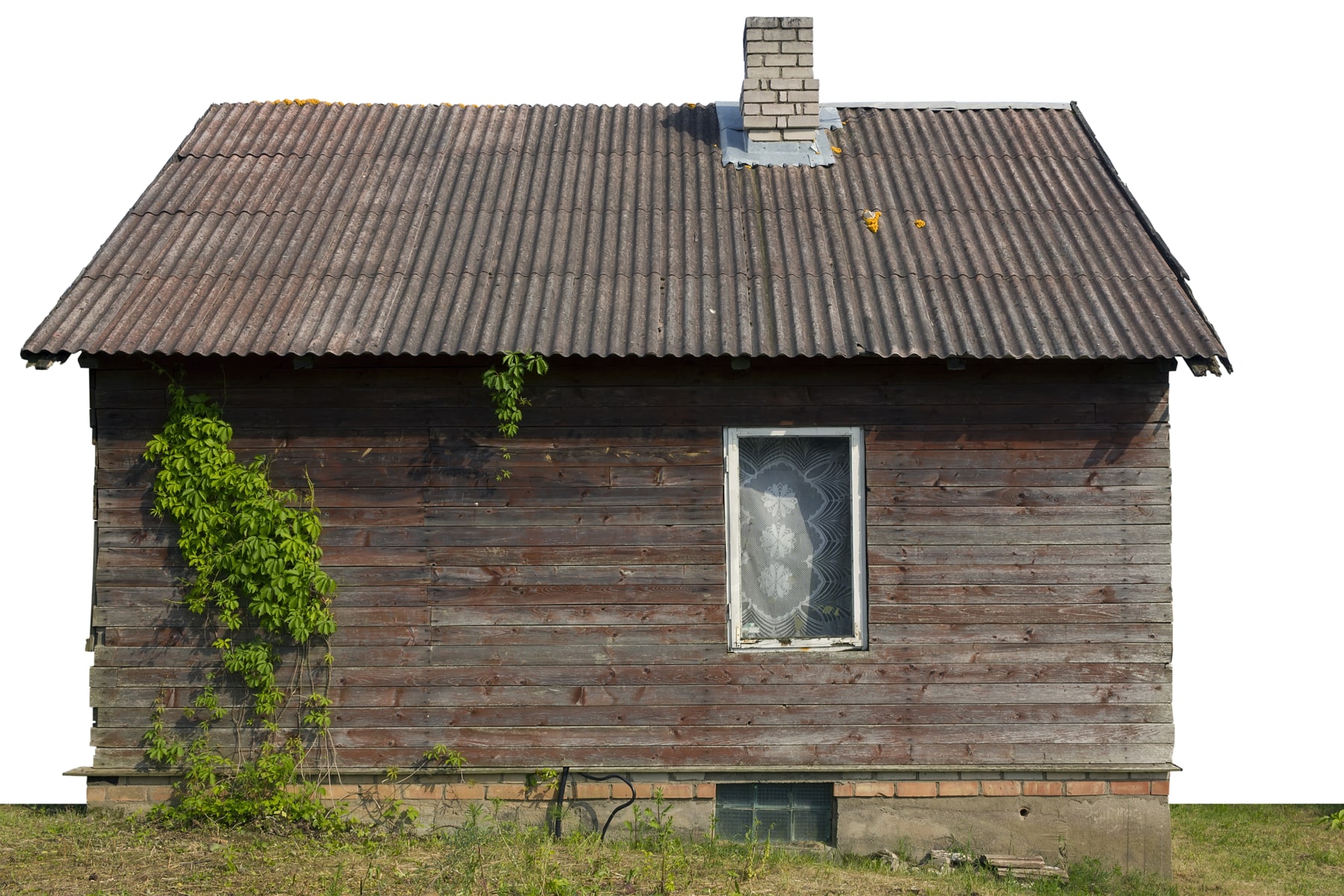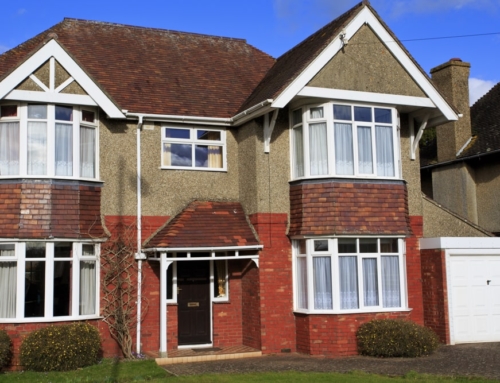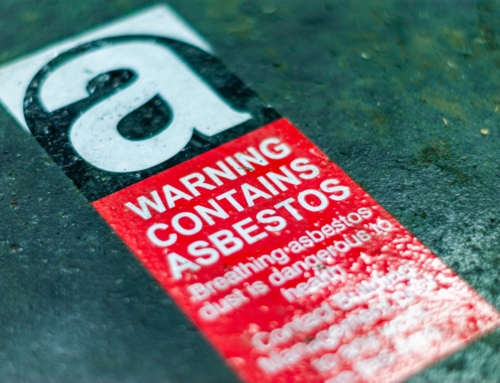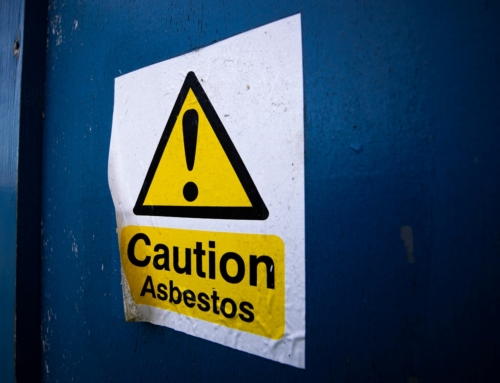Many properties in the UK were built before the use of asbestos was completely banned in the late nineties. That means your home or business may still have ACM (asbestos-containing materials) present, especially in spots like shed and garage roofs.
If you’re considering replacing your asbestos shed roof, here’s everything you need to know.

How can you tell if your shed roof contains asbestos?
As a rule of thumb, never try to diagnose an asbestos roof yourself so that you don’t disturb the fibres if they are present. Always check when the shed was installed as a starting point. Many properties in the UK may still contain ACMs if built pre-1999, but your shed may have been erected after this time.
The tell-tale signs of an asbestos shed roof will vary from structure to structure, as it can be hard to say for definite without expert involvement. A couple of indications that your garage or shed roof is asbestos include corrugated roofing panels (that will often be fragile) and certain batch codes present on the underside of the roof. However, it’s best to ask a professional contractor for a survey to confirm the presence and condition of the ACMs.
What is asbestos sampling?
If you’ve identified the potential for ACMs at your property, the next step is to contact a professional company offering expert asbestos sampling services. The analysis provided will determine how the project proceeds. If there is asbestos present, the risks can be minimised.
If the tests come back positive, the type of asbestos will be determined, and your contractor will assess its existing condition. Your asbestos shed roof removal can then be planned to keep workers and property occupants safe. A thorough risk assessment should be undertaken in accordance with current HSE guidelines.
How are asbestos shed roofs removed?
When planning asbestos shed removals, your contractor will work closely with you to determine how much of the structure needs removing. While some people choose to only replace the roof, many also require a complete asbestos shed removal.
If your shed has a power or water supply, a professional electrician or plumber will need to disconnect the system before work begins. The shed is also meticulously watered down to prevent any microscopic asbestos fibres from becoming airborne.
During the removal, the shed is carefully dismantled by experts wearing PPE. Any ACMs are handled with the utmost care and taken to an approved facility. Some contractors can even demolish and remove concrete bases if you want the space for something else. If you’ve opted for a shed roof removal only, this can be replaced with a long-lasting material like GRP fibreglass, often coming with a 20-year guarantee.
How to arrange an asbestos shed removal – Speak to our team
Are you looking for an asbestos shed removal service? Contact the team at Goodbye Asbestos. We have years of experience, offering our solutions across London, Surrey and the Home Counties, including Biggin Hill and Bromley.
For a free, no-obligation quote and advice, please contact us.




